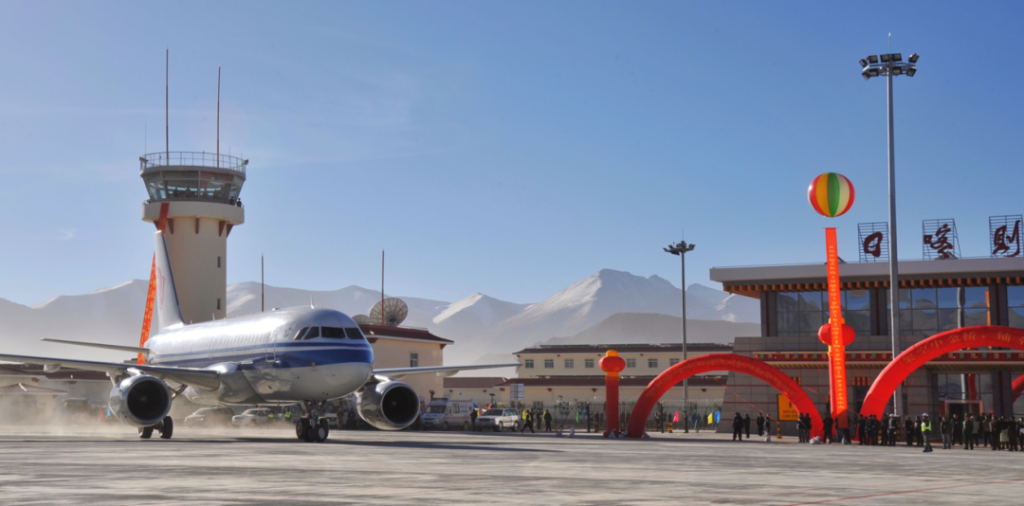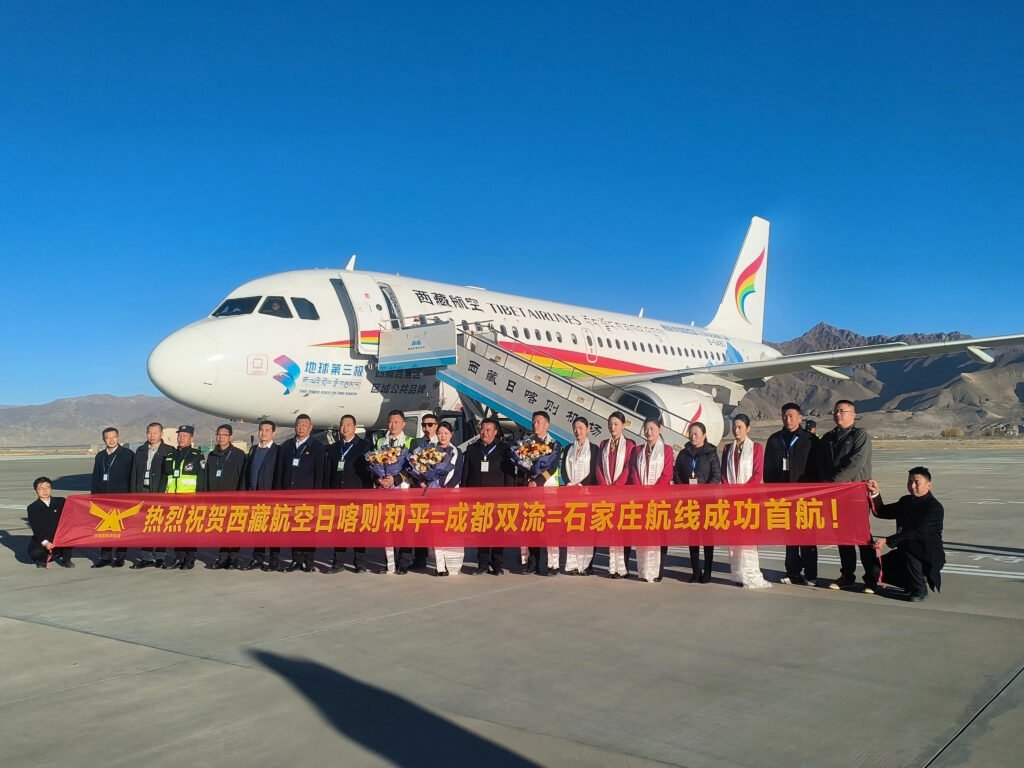Shigatse Peace Airport, identified by the IATA code “RKZ,” stands as a significant gateway to Tibet. Nestled just 43 kilometres from the thriving Shigatse Samdrup Tse district, this airport holds a pivotal role in the region’s air travel network. Inaugurated on October 30, 2010, Shigatse Peace Airport is the fifth civilian airport in Tibet. the airport bridges the high-altitude region with major Chinese cities, enhancing connectivity and economic growth.
| Year | Milestone |
|---|---|
| 1968 | Construction of Shigatse Peace Airport began as a military airport. |
| 1973 | Airport construction completed, and test flights conducted. |
| 2009-2011 | Airport upgraded for civilian use, culminating in its official opening on July 8, 2011. |
| 2023 | Launch of modernization projects to improve emergency landing facilities and expand capacity. |
Strategic Importance of Shigatse Airport
Shigatse Peace Airport has bolstered the region’s comprehensive transportation network, integrating air, road, rail, and pipeline systems. As the fifth civil airport in Tibet, it accelerates investment, tourism, and resource development, playing a strategic role in Shigatse’s economic growth and openness.
Passenger Services
Transportation

Shigatse Peace Airport enhances Tibet’s aviation network, facilitating tourism and economic integration. Its modernization aligns with China’s goal of sustainable growth in the Tibetan plateau, opening doors for investment and cultural exchange.
By connecting Tibet to major cities like Chengdu, Chongqing, and Xi’an, Shigatse Peace Airport ensures seamless travel while promoting Shigatse’s cultural and natural treasures to the world.


Shigatse Peace Airport is a linchpin in Tibet’s air transport infrastructure. Strategically located along the 318 National Road, it effortlessly connects the region to Rikaze Sangzhuzi District, ensuring easy accessibility for both locals and global travellers.
Facilitating Economic Growth
The inauguration of Shigatse Peace Airport unlocks new horizons for the Tibetan economy. This landmark not only fosters economic growth but also fuels ancillary industries, such as hospitality, dining, and local transportation services, creating employment opportunities for the region’s residents.
Tourism and Unity
By connecting Tibet to the world, Shigatse Peace Airport ushers in tourism opportunities and business prospects. Beyond economic benefits, it fosters a sense of unity and mobility among Tibetans. The airport’s establishment represents growth, progress, and prosperity.

| Airline | Flight No. | Route | Departure Time | Return Time | Days |
|---|---|---|---|---|---|
| Tibet Airlines | TV6090/89 | Shigatse = Xining | 12:20-14:35 | 11:00-13:40 | Mon, Wed, Fri, Sun |
| Tibet Airlines | TV9975/6 | Shigatse = Chengdu = Shijiazhuang | 09:50-11:50; 16:50-19:20 | 20:10-22:40; 06:35-09:10 | Daily |
| West Air | PN6450/49 | Shigatse = Chongqing | 09:50-12:30 | 06:00-09:10 | Tue, Thu, Sat |
Shigatse Peace Airport was constructed with an investment of 532 million yuan and is designed to accommodate aircraft like Airbus A319 and Boeing 737. Notably, the airport is equipped to support a diverse range of aircraft, marking it as an essential aviation hub for the region.
A Path to Progress
The introduction of the Shigatse Airport to Rikaze Special Expressway on September 15, 2017, reflects the region’s commitment to comprehensive development. Covering a distance of 40 kilometres, this high-quality highway sets new standards for Tibet’s transport infrastructure, solidifying the region’s dedication to progress and connectivity.
Shigatse Peace Airport stands as a symbol of hope, unity, and the unyielding spirit of Tibet. It is not just an airport; it is a testament to the region’s determination to blend security with prosperity and development. As Tibet continues to evolve, Shigatse Peace Airport remains a lynchpin in this remarkable journey. Check The Official Website of Shigatse Peace Airport
The Southwest Branch of China Construction First Engineering Group Company initiated the comprehensive upgrade of Tibet’s Xigaze Heping Airport. As part of Tibet’s ambitious “3 + 2” airport expansion program, this project involves a significant investment in civil aviation infrastructure. Located in Shigatse City, Tibet, the upgrade includes expanding three Class C aircraft stations, constructing a new vertical contact road, renovating the terminal building, adding two boarding bridges, and expanding various facilities, such as air traffic control and fire rescue.
This project’s completion in August 2024 will optimize Tibet’s aviation infrastructure, boost air transportation capacity, and enhance regional connectivity, fostering economic growth.